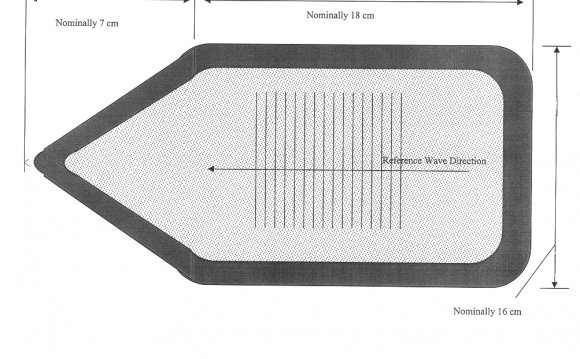
The holographic approach used here relies on the principle of a time-reversal mirror and the Rayleigh integral. An ultrasonic beam consisting of long tone bursts is directed at a target object and the resulting acoustic field is measured at a large number of points surrounding the object. A computer-controlled positioning system is used to scan a small broadband hydrophone across a grid of measurement points in a single surface near the target. Object reconstruction is then accomplished numerically by back-propagating the acoustic field from measurement locations to a 3D region representing the object. Theoretically, the accuracy and the optimal parameters of the method were studied by modeling forward and backward propagation from a point scatterer. Experimentally set of 3-mm diameter plastic beads was investigated. Ultrasound frequencies from 1 to 1.5 MHz were considered, while hologram measurements were collected with grid spacings between 0.3 and 0.4 mm. Both theory and measurements show that the spatial resolution of 3D ultrasonic holography is limited by diffraction effects. Discrete scatterers larger than a wavelength are well-resolved. Using this 3D ultrasonic holography method, it is possible to reconstruct the position and shape of objects or collections of objects that do not involve a significant amount of multiple scattering. Because the spatial resolution of the method has a typical diffraction limit on the order of a wavelength, improved spatial resolution can be achieved with higher frequencies.








